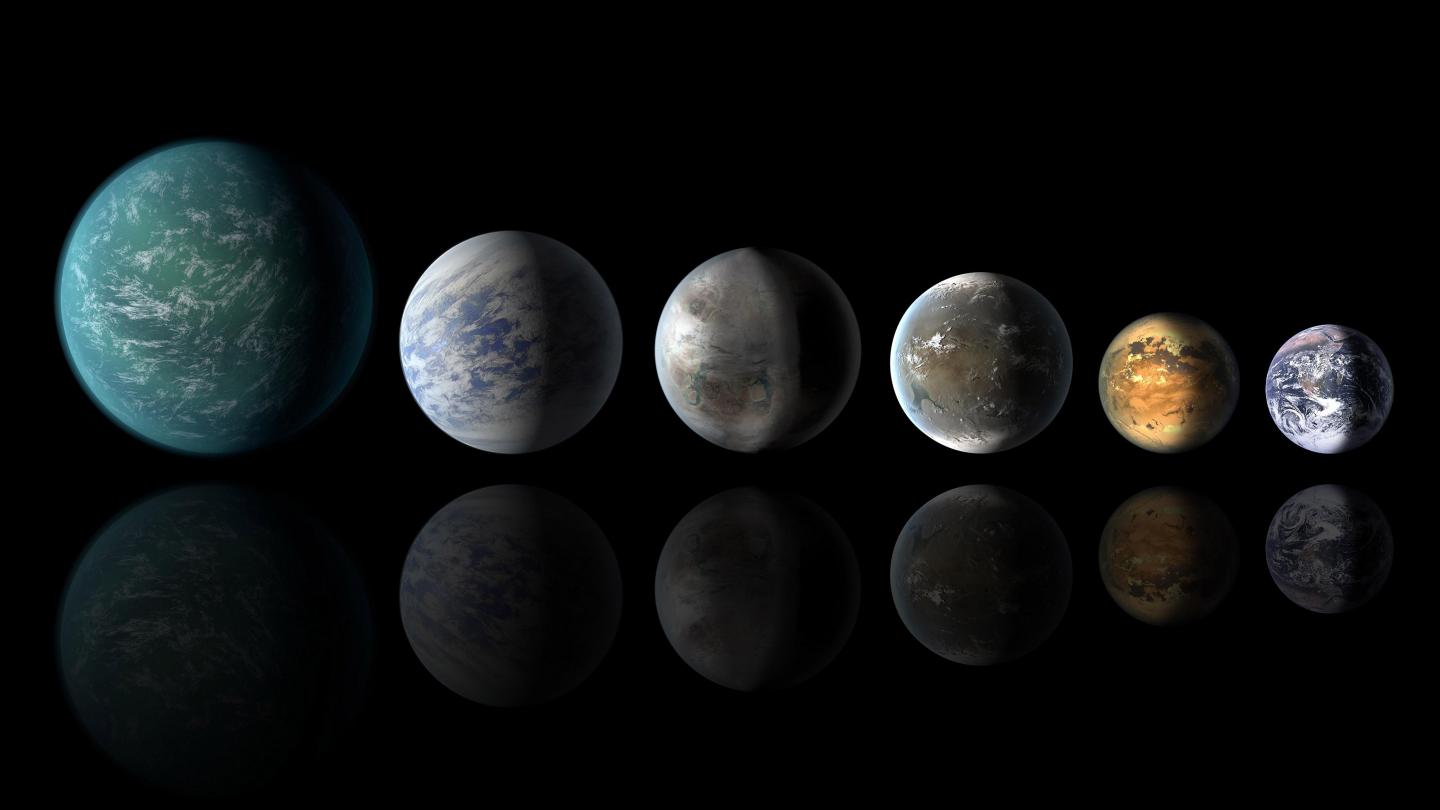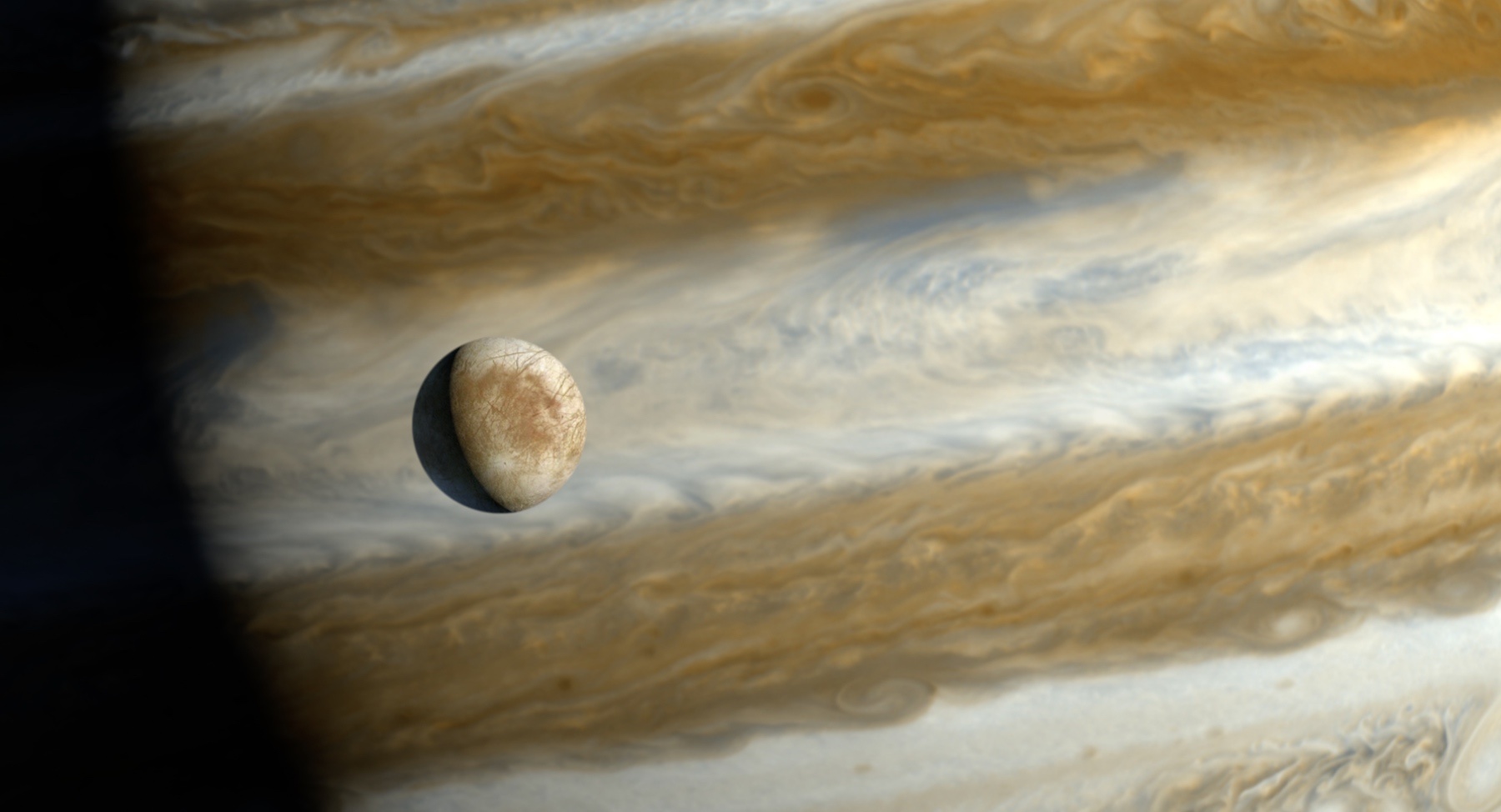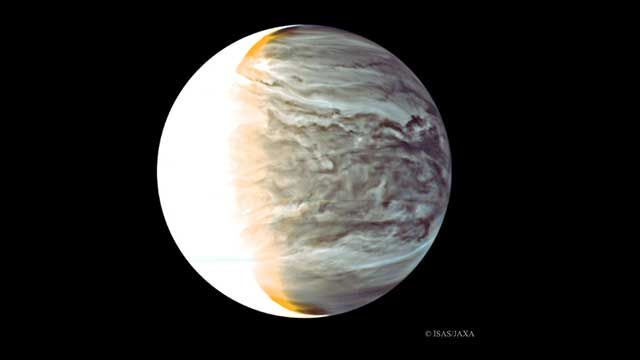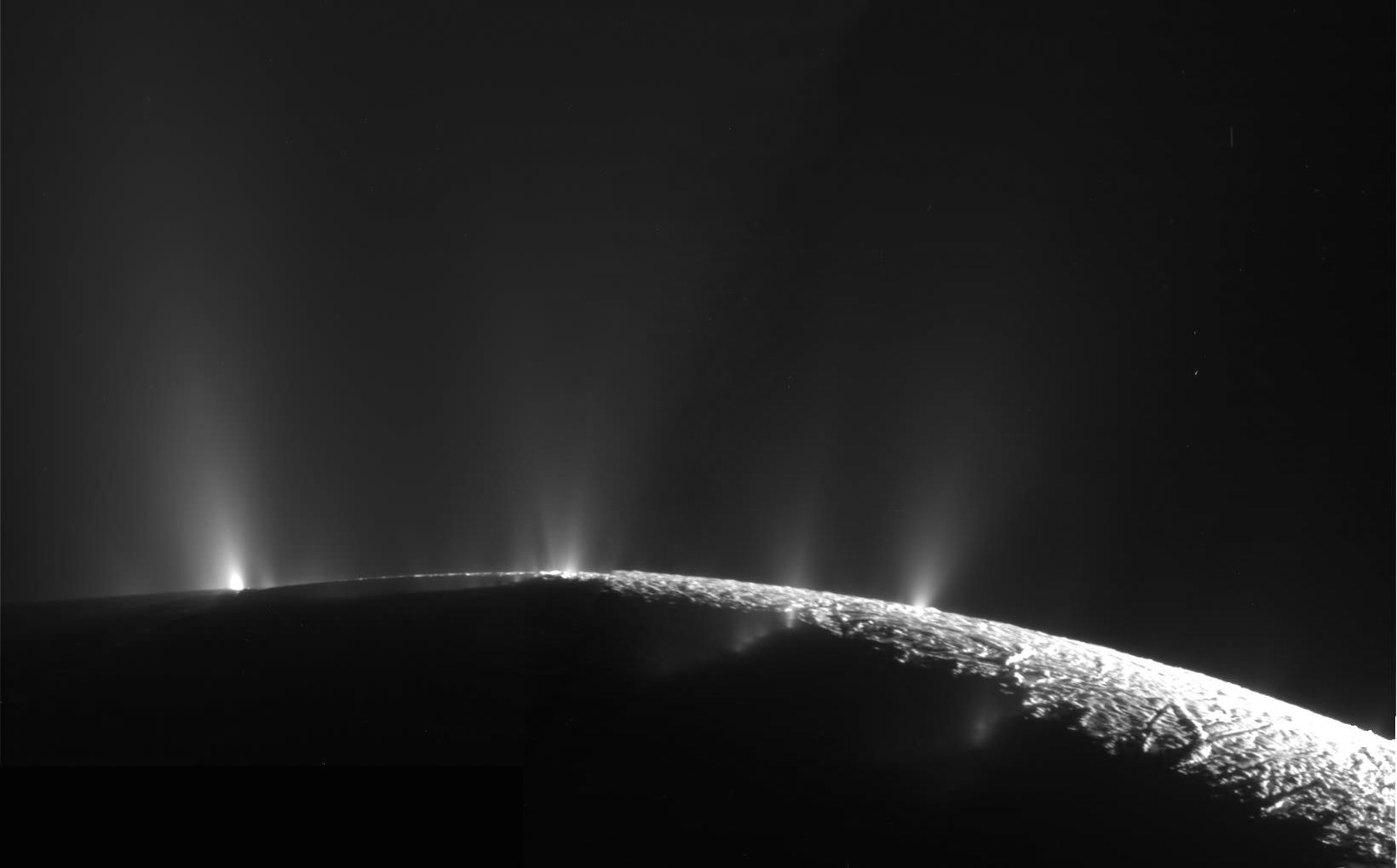Are we alone? Is there life beyond Earth? These are the questions that plague the very essence of science, and in particular, planetary science. Unfortunately, robotic exploration of exoplanetary systems currently remains out of reach due to the literal astronomical distances to get there. For context, our nearest star, Proxima Centauri, is 4.25 light years away, or a mind-blowing 40,208,000,000,000 km (25,000,000,000,000 miles) from Earth. Finding an intelligent civilization might be out of reach for now but searching for any forms of life beyond Earth is very much possible within the confines of our own solar system.
Continue reading “What’s the Right Depth to Search for Life on Icy Worlds?”Perseverance Begins the Next Phase of its Mission, Studying an Ancient River Bed on Mars
On February 18, 2021, NASA’s Perseverance (Percy) Rover successfully landed in the dried-up lakebed known as Jezero Crater on Mars, beaming back images and video of its descent and landing to millions of space fans living on the planet that built and launched this incredible robotic explorer. With this landing came enormous excitement for a new era of robotic exploration of the Red Planet as we slowly continue to unlock the secrets of Mars and its ancient past, to include (hopefully) finding evidence of past life.
Continue reading “Perseverance Begins the Next Phase of its Mission, Studying an Ancient River Bed on Mars”How to Search for Life as we Don’t Know it

The fields of extrasolar planet studies and astrobiology have come a long way in recent years. To date, astronomers have confirmed the existence of 4,935 exoplanets in 3,706 star systems, with another 8,709 candidates awaiting confirmation. With so many planets to study, next-generation instruments, and improved data analysis, the focus is transitioning from discovery to characterization. With the James Webb Space Telescope now deployed, these fields are about to advance much farther!
In particular, scientists anticipate that the characterization of planetary atmospheres may lead to the discovery of “biosignatures” – signs we associate with life and biological processes. The challenge will be how to recognize signatures that don’t conform to “life as we know it.” In a recent study, researchers from the School of Earth and Space Exploration (SESE) at Arizona State University (ASU) investigate possible tools for searching for life “as we don’t know it.”
Continue reading “How to Search for Life as we Don’t Know it”Rocky Planets Might Need to be the Right age to Support Life
Extrasolar planets are being discovered at a rapid rate, with 4,531 planets in 3,363 systems (with another 7,798 candidates awaiting confirmation). Of these, 166 have been identified as rocky planets (aka. “Earth-like”), while another 1,389 have been rocky planets that are several times the size of Earth (“Super-Earths). As more and more discoveries are made, the focus is shifting from the discovery process towards characterization.
In order to place tighter constraints on whether any of these exoplanets are habitable, astronomers and astrobiologists are looking for ways to detect biomarkers and other signs of biological processes. According to a new study, astronomers and astrobiologists should look for indications of a carbon-silicate cycle. On Earth, this cycle ensures that our climate remains stable for eons and could be the key to finding life on other planets.
Continue reading “Rocky Planets Might Need to be the Right age to Support Life”There’s Enough Sunlight Getting Through Venus’ Clouds to Support High-Altitude Life
Carl Sagan once famously, and sarcastically, observed that, since we couldn’t see what was going on on the surface of Venus, there must be dinosaurs living there. Once humans started landing probes on the planet’s surface, any illusion of a lush tropical world was quickly dispelled. Venus was a hellscape of extraordinary temperatures and pressures that would make it utterly inhospitable to anything resembling Earth life.
But more recently, astrobiologists have again turned their attention to the Morning Star. But this time, instead of looking at the surface, they looked in the clouds. And now, a new study from researchers at California Polytechnic, Pomona, has calculated that there is likely a layer in the atmosphere where photosynthesis can occur. Meaning there is a zone in Venus’ cloud layer where life could have evolved.
Continue reading “There’s Enough Sunlight Getting Through Venus’ Clouds to Support High-Altitude Life”Ocean Worlds With Hydrogen-Rich Atmospheres Could be the Perfect Spots for Life

The search for planets beyond our Solar System (extrasolar planets) has grown by leaps and bounds in the past decade. A total of 4,514 exoplanets have been confirmed in 3,346 planetary systems, with another 7,721 candidates awaiting confirmation. At present, astrobiologists are largely focused on the “low hanging fruit” approach of looking for exoplanets that are similar in size, mass, and atmospheric composition to Earth (aka. “Earth-like.”)
However, astrobiologists are also interested in finding examples of “exotic life,” the kind that emerged under conditions that are not “Earth-like.” For example, a team of astronomers from the University of Cambridge recently conducted a study that showed how life could emerge on ocean-covered planets with hydrogen-rich atmospheres (aka. “Hycean” planets). These findings could have significant implications for exoplanet studies and the field of astrobiology.
Continue reading “Ocean Worlds With Hydrogen-Rich Atmospheres Could be the Perfect Spots for Life”Micrometeorites Churn up the Surface of Europa. If you Want to Find Life, You’ll Need to dig Down a Meter or So

In the coming decade, NASA and the ESA will be sending two dedicated missions that will explore Jupiter’s moon Europa. These missions are known as the Europa Clipper and the JUpiter ICy moons Explorer (JUICE) missions, which will fulfill a dream that has been decades in the making – searching for possible evidence of life inside Europa. Since the 1970s, astronomers have theorized that this satellite contains a warm-water ocean that could support life.
The case for life in Europa has only been bolstered thanks to multiple flybys and observation campaigns that have been mounted since. According to new research led by the University of Hawaii at Manoa, the best way to look for potential signs of life (aka. biosignatures) would be to analyze small impact craters on Europa’s surface. These patches of exposed subsurface ice could point the way towards life that might exist deeper in the moon’s interior.
Continue reading “Micrometeorites Churn up the Surface of Europa. If you Want to Find Life, You’ll Need to dig Down a Meter or So”Cassini Saw Methane in Enceladus’ Plumes. Scientists Don’t Know How it Could be There Without Life
Even though the Cassini mission at Saturn ended nearly four years ago, data from the spacecraft still keeps scientists busy. And the latest research using Cassini’s wealth of data might be the most enticing yet.
Researchers say they’ve detected methane in the plumes of Saturn’s icy moon Enceladus. The process for how the methane is produced is not known at this time, but the study suggests that the surprisingly large amount of methane found are likely coming from activity at hydrothermal vents present on Enceladus’s interior seafloor. These vents could be very similar those found in Earth’s oceans, where microorganisms live, feed on the energy from the vents and produce methane in a process called methanogenesis.
Continue reading “Cassini Saw Methane in Enceladus’ Plumes. Scientists Don’t Know How it Could be There Without Life”To Take the Best Direct Images of Exoplanets With Space Telescopes, we’re Going to Want Starshades
Between 2021 and 2024, the James Webb (JWST) and Nancy Grace Roman (RST) space telescopes will be launched to space. As the successors to multiple observatories (like Hubble, Kepler, Spitzer, and others), these missions will carry out some of the most ambitious astronomical surveys ever mounted. This will range from the discovery and characterization of extrasolar planets to investigating the mysteries of Dark Matter and Dark Energy.
In addition to advanced imaging capabilities and high sensitivity, both instruments also carry coronagraphs – instruments that suppress obscuring starlight so exoplanets can be detected and observed directly. According to a selection of papers recently published by the Journal of Astronomical Telescopes, Instruments, and Systems (JATIS), we’re going to need more of these instruments if we truly want to really study exoplanets in detail.
Continue reading “To Take the Best Direct Images of Exoplanets With Space Telescopes, we’re Going to Want Starshades”Most Exoplanets won’t Receive Enough Radiation to Support an Earth-Like Biosphere
To date, astronomers have confirmed the existence of 4,422 extrasolar planets in 3,280 star systems, with an additional 7,445 candidates awaiting confirmation. Of these, only a small fraction (165) have been terrestrial (aka. rocky) in nature and comparable in size to Earth – i.e., not “Super-Earths.” And even less have been found that are orbiting within their parent star’s circumsolar habitable zone (HZ).
In the coming years, this is likely to change when next-generation instruments (like James Webb) are able to observe smaller planets that orbit closer to their stars (which is where Earth-like planets are more likely to reside). However, according to a new study by researchers from the University of Napoli and the Italian National Institute of Astrophysics (INAF), Earth-like biospheres may be very rare for exoplanets.
Continue reading “Most Exoplanets won’t Receive Enough Radiation to Support an Earth-Like Biosphere”






